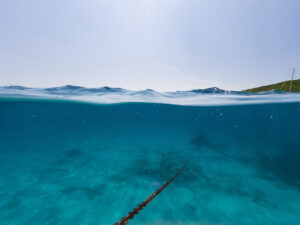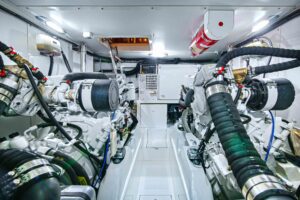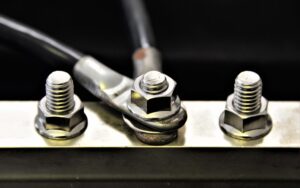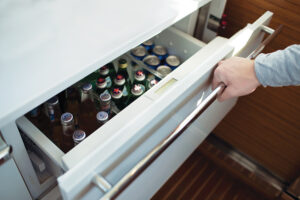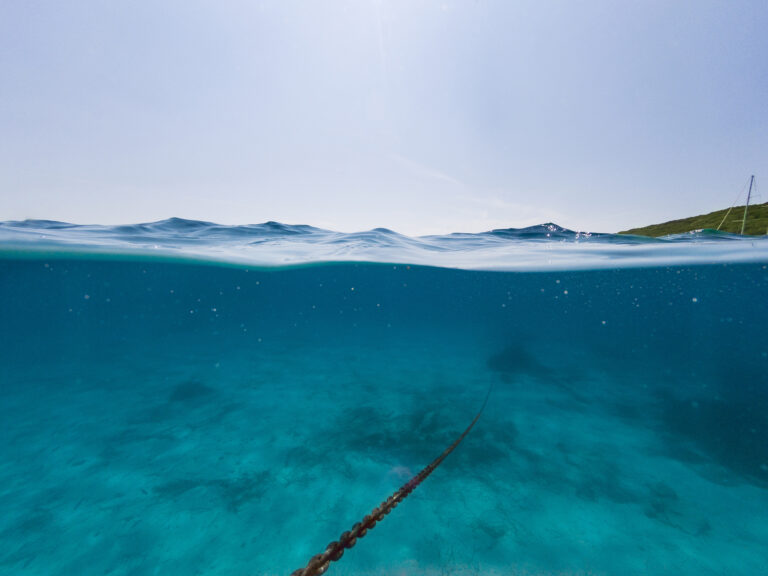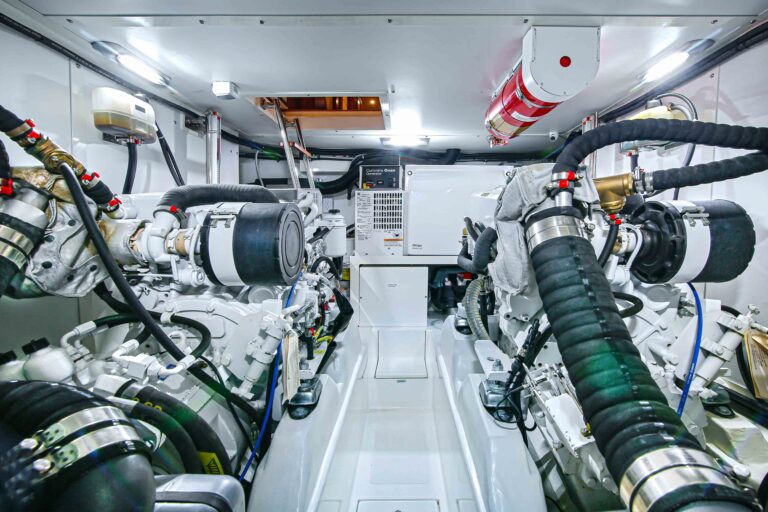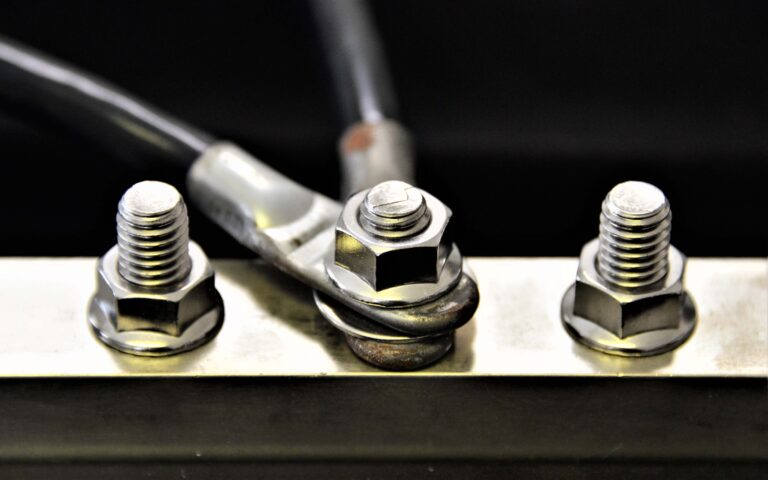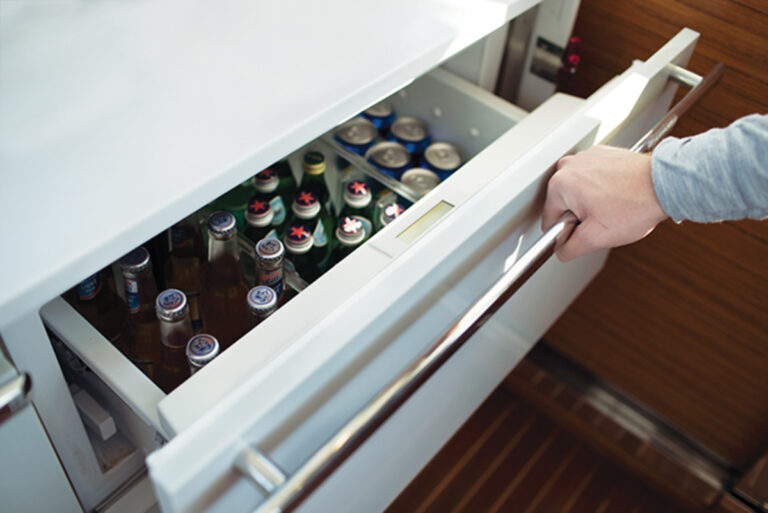

The hoses on your boat are big-time important, especially considering what they typically carry. Yeah, springing a leak in a freshwater hose may prove simply inconvenient, but springing a leak in a sanitary hose, a fuel hose, or a raw-water hose? Now that’s a horse of a different color, and probably a rather dark, gloomy color at that.
Let’s say, for example, that it’s Saturday morning and you’re replacing a self-contained or combo-type air-conditioning unit onboard. After you’ve disconnected and hauled the old chunk of machinery out and you’re on the verge of installing a brand-new, technically improved version, a very important question is liable to come to mind: Hmmmmm, before I slide the newbie into place and start fastening ‘er down, I wonder if I should replace all those raw-water intake and other associated hoses that were attached to the old unit? They seem to be perfectly fine.
Bear this truth in mind during such tempting interludes—old, iffy hoses tend to look pretty darn good, especially while you weigh the pros and cons of spending money and time on replacing them. More to the point, the exterior of an aging raw-water intake hose for an air-conditioning unit can seem to be in excellent shape, despite the fact that some or all of its interior layers or laminations are teetering on the brink of collapse. And should a problematic layer or layers succumb to the inevitable after you’ve installed a new unit (thereby closing off the hose, either partially or totally), the result is going to be, in a word, bad. In fact, it will basically amount to operating the new unit without enough intake water, or perhaps without any intake water at all, a tragic, costly scenario in either case.
There’s a better way, of course. When replacing just about any hose-fed ancillary onboard, simply bite the bullet—replace the related hoses and make sure the new stuff is of equal or better quality. This strategy will save you money in the long run, and ensure that you’ve not wasted an entire Saturday on a project that someday hands you a gloomy surprise. And hey, replacing those old hoses is probably going to nix the migration of silt and marine growth into your brand new combo unit, too. And, as we all know, keeping barnacles and slime from sneaking into a freshly minted condenser coil is always a good thing.
For more tips like this, visit the Vetus-Maxwell DIY Workbench at passagemaker.com
Capt. Bill Pike is deputy editor of our sister publication Power & Motoryacht magazine.



